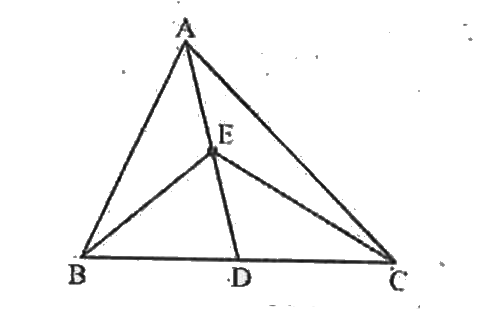If E,F, G and H are respectively the mid-points of the sides of a parallelogram ABCD, show that ar (EFGH) = 12 ar (ABCD)
 Solution in Kannada
Solution in Kannada
Step by step video & image solution for If E,F, G and H are respectively the mid-points of the sides of a parallelogram ABCD, show that ar (EFGH) = (1)/(2) ar (ABCD) by Maths experts to help you in doubts & scoring excellent marks in Class 9 exams.
Updated on:21/07/2023Topper's Solved these Questions
- AREA OF PARALLELOGRAMS AND TRIANGLESBOOK - SUBHASH PUBLICATIONCHAPTER - AREA OF PARALLELOGRAMS AND TRIANGLESEXERCISE - EXERCISE 11.3
8 Videos
- AREA OF PARALLELOGRAMS AND TRIANGLESBOOK - SUBHASH PUBLICATIONCHAPTER - AREA OF PARALLELOGRAMS AND TRIANGLESEXERCISE - EXERCISE 11.4
3 Videos
- AREA OF PARALLELOGRAMS AND TRIANGLESBOOK - SUBHASH PUBLICATIONCHAPTER - AREA OF PARALLELOGRAMS AND TRIANGLESEXERCISE - EXERCISE 11.4
3 Videos
- APPENDIX ABOOK - SUBHASH PUBLICATIONCHAPTER - APPENDIX AEXERCISE - EXERCISE A 1.4
10 Videos
- CIRCLESBOOK - SUBHASH PUBLICATIONCHAPTER - CIRCLESEXERCISE - EXERCISE 12.6
7 Videos
Similar Questions
In the figure 11.23, E is any point on median AD of a ΔABC. Show that ar (ABE) = ar (ACE).

View SolutionParallelogram ABCD and rectangle ABEF are on the same base AB and have equal areas. Show that the perimeter of the parallelogram is greater than that of the rectangle.
View SolutionParallelogram ABCD and rectangle ABEF are on the same base AB and have equal areas. Show that the perimeter of the parallelogram is greater than that of the rectangle.
View SolutionFind counter - examples to disprove the following statements :
If the corresponding angles in two triangles are equal, then the triangles are congruent.
View SolutionProve that the line of centres of two intersecting circles subtends equal angles at the two points of intersection.
View SolutionDetermine the point of symmetry of a regular hexagon.
View SolutionMatch the following Column A to Column B

View SolutionMatch the following Column A to Column B

View SolutionMatch the following Column A to Column B

View SolutionThe inequation represented by the graph given below is :
View SolutionThe inequation that best describes the graph given below is _________
View SolutionThe inequation that best describes the following graph is _________
View SolutionIn the given figure, PQRS is a parallelogram. A and B are the mid-point of ¯¯¯¯¯¯PQ and ¯¯¯¯¯SR respectively. If PS=BR, then the quadrilateral ADBC is a…………………… ,
ltimg src="https://d10lpgp6xz60nq.cloudfront.net/physics_images/PS_MATH_IX_C12_E05_020_Q01.png" width="80%"gt
View SolutionIn the chemical reactions,
ltimg src="https://d10lpgp6xz60nq.cloudfront.net/physics_images/JM_10_CHE_P1_E01_009_S01.png" width="80%"gt
the compounds 'A' and 'B' respectively are
View Solutionयदि E,F,G और H क्रमश : समांतर चतुर्भुज ABCD कि भुजाओ के मध्य - बिंदु है, तो दर्शाइए कि ar(EFGH)=12ar(ABCD) है।
View Solutionयदि E, F, G और H क्रमशः समांतर चतुर्भुज ABCD की भुजाओ के मध्य-बिन्दु है, तो दर्शाइए कि (EFGH) 12 ar (ABCD) है।
View Solution
